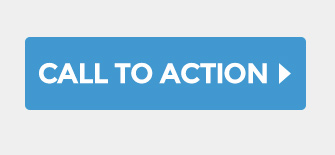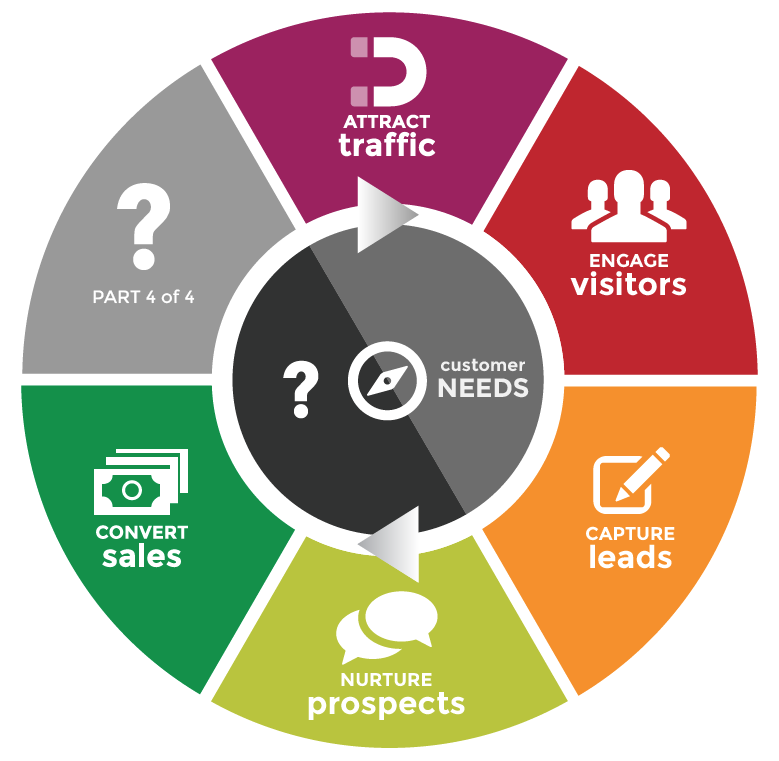3 Hidden Leaks in Your Marketing That Sink Sales
Author: Jeremy Harrison
INBOUND MARKETING PART 3 of 4
Would you like more sales?
There are 3 hidden “leaks” that kill sales on most websites and marketing campaigns. Fix the leaks and you’ll multiply the sales you get from your website, without increasing costs.
But be warned, these leaks aren’t where folks think to look.
The most costly leaks are scaring away your prospects in the middle of the process, in places that aren’t easy to spot.
So let’s hit them in the order they scare away prospective customers:
LEAK #1: LACK OF REAL TRUST & CREDIBILITY
Before you ever can ask a visitor to take action, you need to earn some trust. In part two of this series, I talked about attracting “sticky” visitors. That’s the key. The longer the visitor sticks on your site, the more trust you will build.
So don’t start asking for an email the moment a visitor arrives. Sure, it can help you get a few more email addresses, but it doesn’t make the best prospects want to stick around.
Instead, create content that makes a connection with the visitor. Your content should empathize with the visitor’s problems and needs. It should teach them something that helps them solve a problem — no strings attached. Demonstrate that you have some authority to help them. You will earn trust, and make your visitor more likely to engage in deeper ways.
LEAK #2: THE WRONG CALL-TO-ACTION (CTA)
 With trust established and leak #1 fixed, your prospect will be ready to take action.
With trust established and leak #1 fixed, your prospect will be ready to take action.
But this is a huge leak on most small business websites. Some entrepreneurs have no call to action on their website. Many others have the WRONG call to action.
Here are three common problems I see with the call-to-action (CTA) on most websites:
THE SELF-CENTERED CALL-TO-ACTION
 If you’re asking people to share a name and email address, make sure the subscriber is getting plenty of value. I often see week calls-to-action like “Signup for our Newsletter” or “Join Our Mailing List.” This is way too much about you. Sure you’d like the ability to email them, but what do they get in return?
If you’re asking people to share a name and email address, make sure the subscriber is getting plenty of value. I often see week calls-to-action like “Signup for our Newsletter” or “Join Our Mailing List.” This is way too much about you. Sure you’d like the ability to email them, but what do they get in return?
Sharing an email is like a transaction. Make sure you offer something of real value in exchange for their email address. If most visitors wouldn’t be willing to pay a few bucks for it, they aren’t going to share their email address for it either.
THE INTIMIDATING CALL-TO-ACTION
Your call-to-action shouldn’t be too intimidating.
If you sell a big ticket item — anything that has questions that the visitor will need answered before buying — your call to action should be about starting a conversation, not about buying. Try something like “Schedule a Meeting,” “Get a Free Consultation” or “Request a Quote.”
Always break the buying process into smaller steps. Make your CTA the NEXT logical baby step in the buying process. Something that helps them move forward in their decision process without being intimidating.
TOO MANY CALLS-TO-ACTION
 Too many choices can be paralyzing. People want you to make things simple for them. The simpler you can distill your process — and their choices — the better your results will be.
Too many choices can be paralyzing. People want you to make things simple for them. The simpler you can distill your process — and their choices — the better your results will be.
Boil every page on your site down to just ONE direct call-to-action, and perhaps a secondary call-to-action for those who aren’t ready. For example, “Request a Quote” might be your direct call to action, and “Watch Video” might be secondary. If you choose to do two, color the buttons differently so their eye is drawn first to the primary call to action. One or two buttons to click — as simple as that.
LEAK #3: FAILURE TO FOLLOW-UP
With a focused call-to-action, leak #2 is fixed. You will start getting more leads than ever before. But this reveals leak #3.
See, just because someone fills out your web form, doesn’t mean they’re ready to buy. And yet, just because they aren’t ready to buy TODAY, doesn’t mean they won’t be ready to buy soon.
You can’t pressure people to buy now. That just doesn’t work anymore. You need a systematic way to stay at the top of their mind on an ongoing basis. Not to be a pushy salesperson, but to keep helping them with their needs.
 In the Spire Success Blueprint, we call this stage “Nurture Prospects” and it’s critically important, yet an often-missed stage to turn leads into sales.
In the Spire Success Blueprint, we call this stage “Nurture Prospects” and it’s critically important, yet an often-missed stage to turn leads into sales.
The average person needs 8 quality interactions before they are ready to buy. And yet, most people follow up with a prospect once or twice, and if they don’t take action, they let it drop.
Nobody has time to manually follow up 6, 8 or 10 times with every lead, but you can automate it without losing personal interaction.
We use a powerful marketing automation system to help our clients keep the follow up coming after the visitor leaves.
Each touch invites them to take the next step. To make a purchase, schedule a meeting, or whatever that next baby step might be.
With all three leaks fixed:
» More trust and authority makes visitors want to take action.
» A clear call to action creates more leads.
» Automated, ongoing follow-up with those visitors will make more people want to buy.
This is what we’ll talk about in our final article — converting sales and the final piece of the success blueprint.
In the meantime, go fix those leaks! Don’t hesitate to reach out if you need help.
